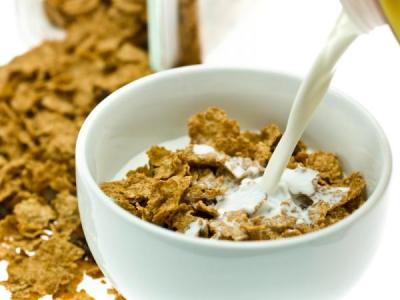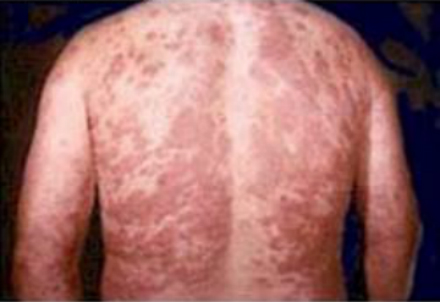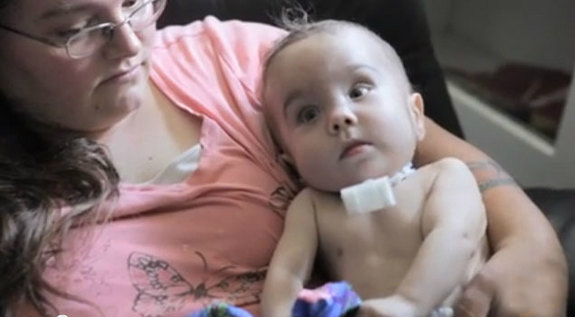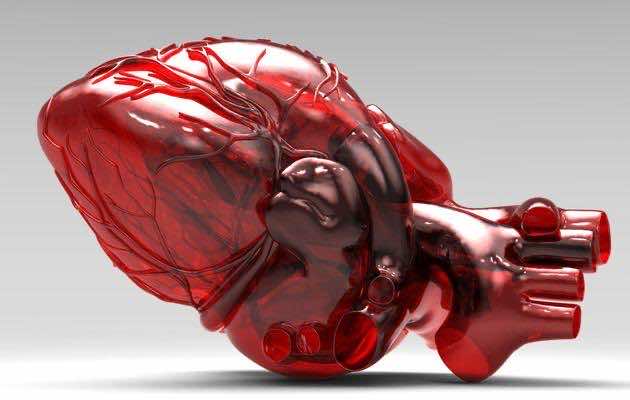
If you’re like most couples who are trying to conceive, you want to get pregnant sooner rather than later.
Having intercourse as close as possible to ovulation definitely helps. But fertility experts say there are other ways couples can boost their fertility. A few simple measures may make the next month the month you’ll squeal: “We’re pregnant!”
1. Her Fertility Booster: Weight Control
Being underweight or overweight can delay the time it takes a woman to conceive.
William Gibbons, director of the division of reproductive endocrinology and infertility at Baylor College of Medicine, says weight before getting pregnant is often an overlooked factor in fertility. Keeping a healthy weight can help with conception.
2. His Fertility Booster: Protect Those Sperm
According to Dale McClure, president of the American Society for Reproductive Medicine, the idea that changing to boxers instead of briefs will boost fertility by keeping genital temperatures down is basically an old wives’ tale. Earlier studies seemed to point to boxers as the better choice, McClure says. But more recent studies haven’t shown a major difference.
What about exposing the testicles to other sources of heat? The American Society for Reproductive Medicine says controlling temperature doesn’t play much of role in boosting fertility. Some doctors, though, recommend staying away from certain sources. For instance, sitting in a hot tub day after day should be avoided, McClure says, even if a man has no known fertility problems. In at least one study, repeated exposure to high water temperatures through hot tubs or hot baths was shown to affect men’s fertility.
Still, no research has clearly shown a link between exposure to other sources of heat and a man’s fertility. One study did show that scrotal temperatures went up in laptop users who held the computer on their laps and warned that long-term exposures to high temperatures could harm sperm. Another study found that exposure to radiation from cell phones could adversely affect sperm that had been collected from participants. Researchers in that study speculated that keeping a cell phone in a pants pocket could affect the health of a man’s sperm.
While neither study was sufficient to prove that exposure to sources of heat could harm sperm enough to affect fertility, McClure still says a man who wants to be a father probably shouldn’t keep his laptop on his lap for extended periods of time. But even considering the above findings, McClure says he is “more concerned about hot tubbing.”
Source: webmd




 Do some bedtime snacks help you sleep better? Perhaps not.
Do some bedtime snacks help you sleep better? Perhaps not.



